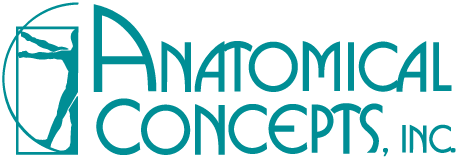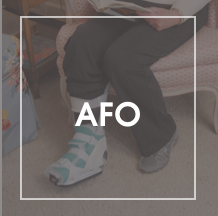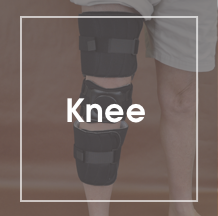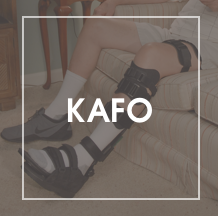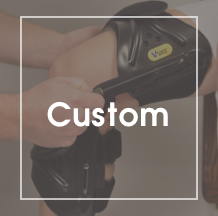- Products
- Ankle Foot Orthoses
- DDA (Dynamic Dorsi-Assist) Articulating Ankle Foot Orthosis
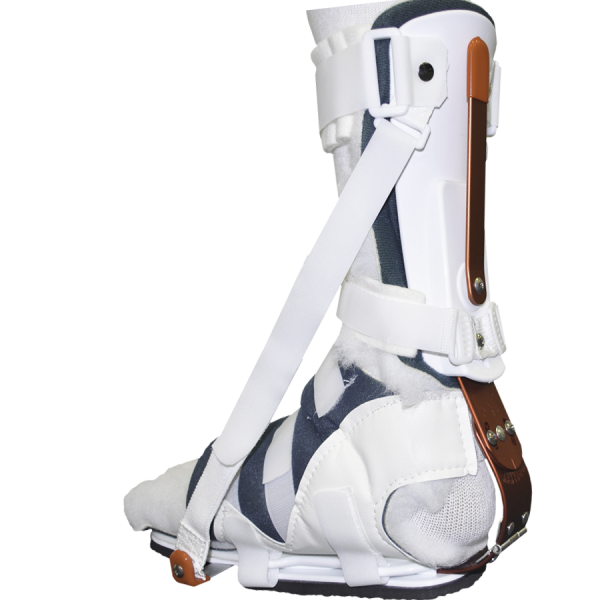
.jpg)
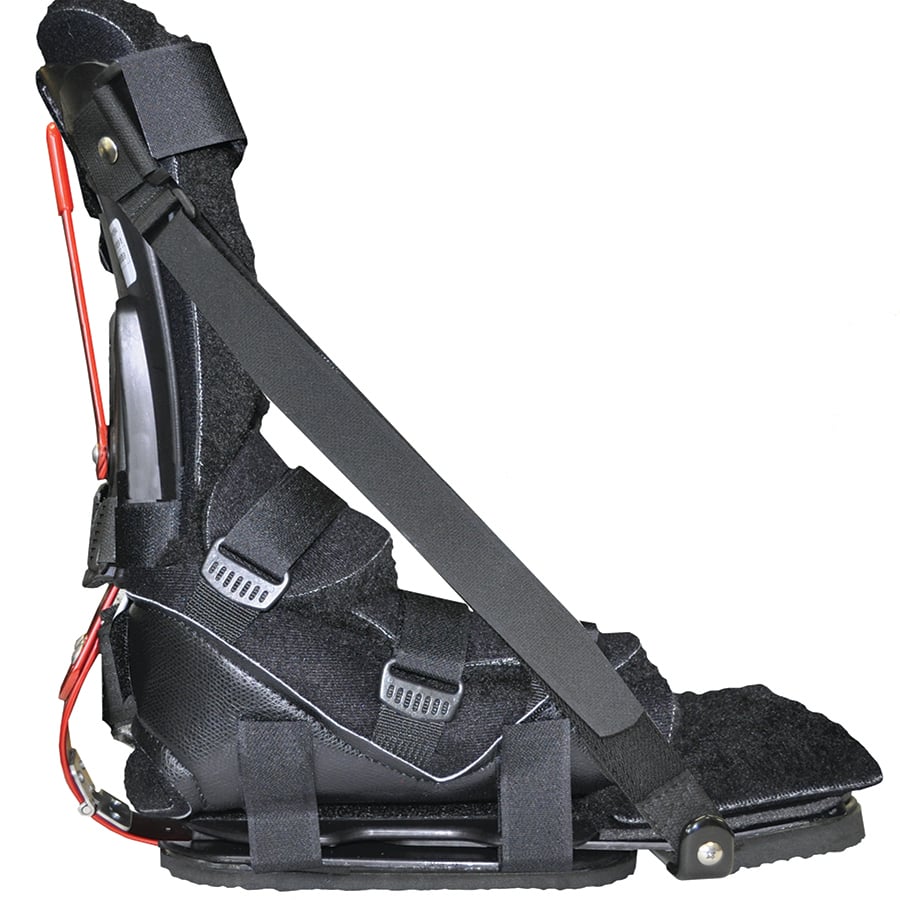
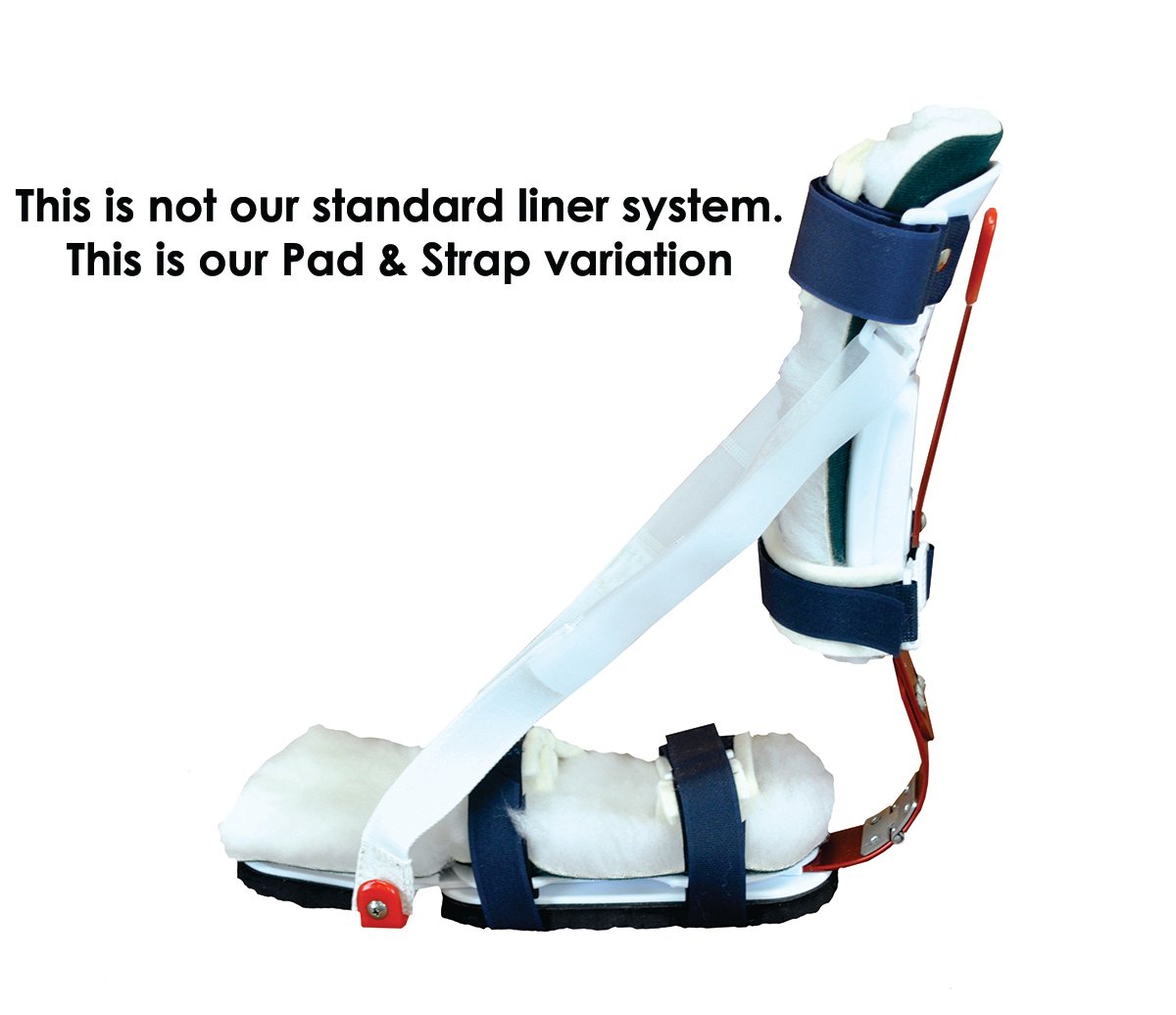
.jpg)


DDA™ Articulating AFO Ankle Foot Orthosis
The sophisticated DDA™ (Dynamic Dorsi-Assist) Orthosis is designed to dynamically stretch the gastroc muscles, offsetting equinus contracturing. The use of a series of posterior articulations allows for a virtual unrestricted range of plantar or dorsiflexion. The DDA™ Orthosis also provides nearly unlimited inversion or eversion of the ankle/foot complex.
Suggested PDAC: L-4396
The DDA™ Orthosis incorporates two elastic straps attached to the distal foot section and proximal calf section. These straps can be adjusted to compensate and/or offset varus and valgus tendencies while maintaining constant dorsi-assistive force. The DDA™ Orthosis incorporates an important telescoping calf section feature that allows for shortening or lengthening of the soft tissue/musculature. This feature can also be locked out, if applicable.
DDA™ Articulating AFO Features
A clinically proven and adjustable foot orthotic that provides better patient outcomes.
- Clinically proven for effective ambulation
- Designed to dynamically stretch the gastroc muscles, offsetting equinus contracturing
- Adjustable inversion and eversion
- Adjustable dorsi and plantar flexion
- Compatible with all liner variations that we offer if applicable (sold separately)
- Optional varus/valgus adaptation (VCA) for improved ankle stability
- Simplified fitting=Less follow up=Improved bottom line
- Proven superior integrity of the superstructure
Uses
- Immediate fit early intervention in the acute or sub acute settings for the evolving rehab patient
- CVA, TBI, SCI, CP and Diabetic neuropathy to name a few
- Facilitation of functional knee and ankle joint position
- Allows for optimal dorsi/plantar flexion ankle positioning to provide adequate clearance during swing
phase and knee and ankle stability in stance phase
- Allows for optimal dorsi/plantar flexion ankle positioning to provide adequate clearance during swing
- Post musculoskeletal injury of the foot and ankle
- Post TAL immobilization
- Post Botox or serial casting
- Stable fractures of the foot and ankle
- Tendon or ligaments tear/rupture
 330-757-3569
330-757-3569



